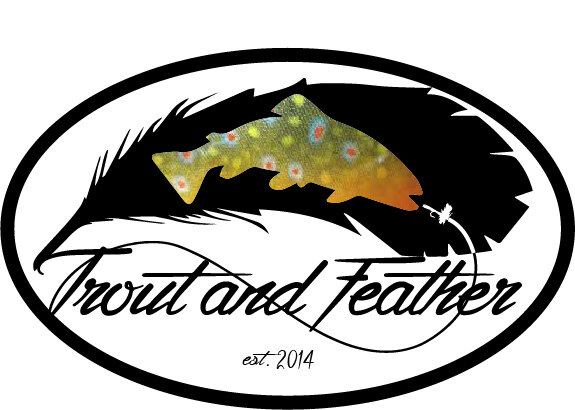Nymphs Gallery A

CDC Caddis Pupa
If caddis are present on a river or stream, then this CDC Caddis Pupa is one of my "go-to" flies when fishing subsurface. You can modify the body color to match naturals in your area, and fish this fly below or above others. Depending on the use of a bead, this CDC Caddis Pupa does an excellent job of representing caddis emergers. Fish this one with confidence!

Dark Bloa (North Country Winged Fly)
In my opinion, few flies are as elegant as a North Country winged fly, and this Dark Bloa is one of my favorite ones to fish. There are few materials in this pattern, yet it continues to outproduce many newer patterns on a regular basis. This fly is one that I first found in Mike Harding's extremely informational book, titled "A Guide to North Country Flies."

Walt's Worm Fly / Crane Fly Larva (beadhead & "hot spot")
The popular Central Pennsylvania fly known as "Walt's Worm" has been catching fish for years! The fly is said to represent crane fly larvae, though can also be taken for a caddis imitation. In this tutorial, aside from tying the pattern, I also discuss the notion of hot spots for nymphs.

The Pheasant Tail Nymph (variation with hot spot and Coq de Leon tail)
Frank Sawyer's Pheasant Tail nymph is a fly that has caught fish for years, and will be doing so for many more to come. During this video, I offer some slight variations to the original, such as Coq de Leon for the tailing fibers.

Soft Hackle Hare's Ear
Utilizing a dubbing loop to create a "buggier" body, this tutorial shares a favorite fly of many, the Soft Hackle Hare's Ear. This fly most commonly is used to represent the many caddis found in our rivers and streams. During the video, you'll notice that I made slight variations from the original, thus feel free to modify this pattern to match the natural insects in your home waters.

Rainbow Warrior nymph
Lance Egan's Rainbow Warrior fly is a very popular nymph that seems to produce high numbers of fish in the waters where it is fished. This is an easy nymph to tie, and the flash in this pattern makes it a great one to fish as either a dropper or anchor fly.

Pineapple Express Bead Head Nymph
Aaron Jasper's Pineapple Express is a fly that many turn to as a highly effective pattern, especially in smaller sizes. The pattern itself is very straightforward, and one that I recommend carrying in a variety of sizes.

The Partridge and Orange Soft Hackle fly
The Partridge and Orange is a traditional soft hackle that still works very effectively today. This pattern is slightly different from others I have on this site, being that I am using a different feather for the hackle. The pattern, utilizing silk thread for a body, can represent many insects, including caddisflies and various mayflies. I like to fish this as a dropper tied above my blood knot connection for the tippet.

The Prince Nymph
This is a standard pattern that belongs in everyone's fly box fishing rivers or streams. The Prince nymph can imitate various drakes, caddisflies, stoneflies, and mayflies. Fish this pattern with confidence in a variety of water types, though my favorite is through riffles with lots of weight on both the fly and tippet.
